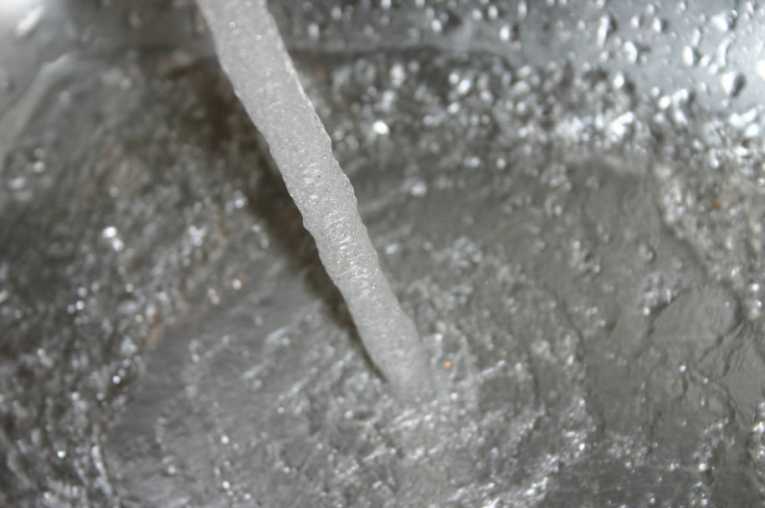Water is a precious and necessary commodity. It is essential to sustain life and its regular supply is something that we take for granted. In the so-called developed world the days are long gone when every drop had to be carried from a well. In this present age very few of us are without a piped water supply and by the nature of our lifestyle, millions of gallons of wastewater are literally poured down the drain every day.
In countries where there is no shortage of water this is not necessarily seen as a big problem; problems only arise when for some reason the regular water supply gets interrupted. For people who live in arid regions of the world, throwing away water is seen as a wicked waste and ways are increasingly being looked at to re-use waste water to ensure sustainability.
Recycling domestic wastewater is fast becoming an important part of water management and attitudes are changing towards the use of this so-called grey water. Emerging technology, together with a shift in attitude towards waste in the developing world is leading to more people being willing to re-use this water when given a choice.
Although domestic wastewater from showers, kitchen sinks and laundry washing in homes and offices offers a potential resource, it is not clean enough for general horticultural and agricultural use. It might contain an organic load from food processing, utensil washing in the kitchen, soap and detergents, with the main contaminants being proteins, carbohydrates, detergents, oil, grease and other dissolved and suspended compounds.
In the developed world the reuse of this water is normal practice, but unfortunately particularly in parts of the world where financial and technical constraints are acute, affordable and effective domestic wastewater treatment is not yet available.
Researchers in India have studied various filtration systems for kitchen waste water and have found that even the most poorly performing can produce water that is clean enough for growing crops.
Subrata Dasgupta, together with colleagues from the Council of Scientific and Industrial Research in Kolkata (formerly known as Calcutta), has explored the potential of ceramic microfiltration membranes used alone or in conjunction with different physiochemical treatments, such as biotreatment and adsorption for cleaning up dirty dishwater.
The team compared cross-flow microfiltration with tubular ceramic membranes in single channel and multichannel configurations. Biotreatment involved using activated sludge or an adsorptive treatment based on the prepared dried roots of Eichhornia crassipes, an aquatic weed that grows well in polluted water.
As one would expect, the researchers found that a 19-channel ceramic membrane performed better in terms of permeate quality than a single-channel filter. They also discovered that when an absorbent was used in conjunction with microfiltration of wastewater, in terms of biological and chemical oxygen demand and total suspended solids, this gave the most promising results of all the approaches that were tested.
This relatively inexpensive treatment may not produce drinking water, but water quality was found to be perfectly fit for use in horticulture and irrigation.










